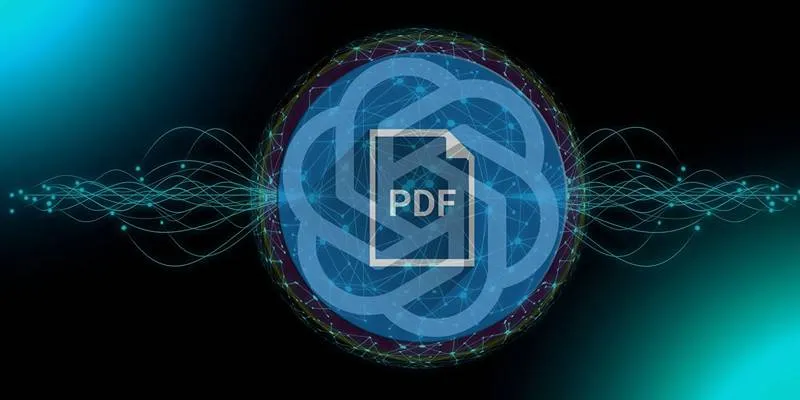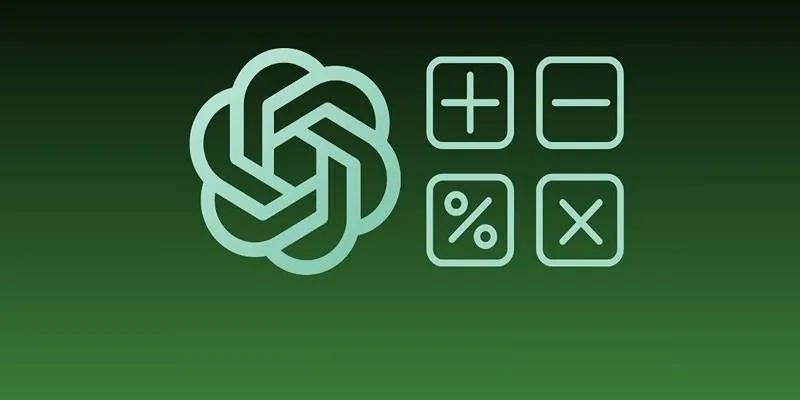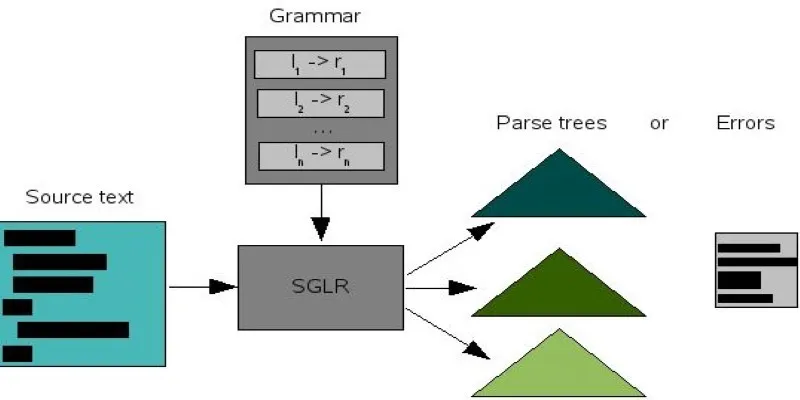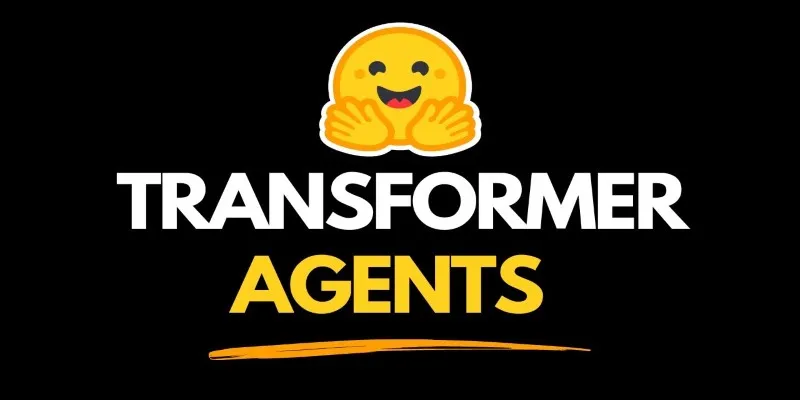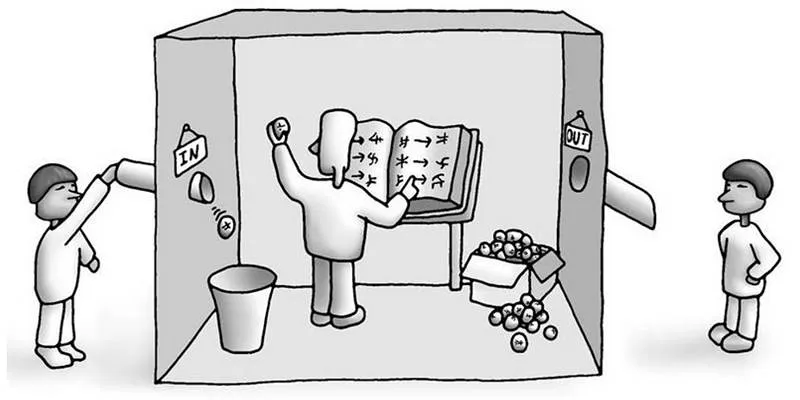Poetry is one of the most expressive art forms, allowing writers to convey feelings, thoughts, and ideas that transcend ordinary language. However, even the most creative minds can sometimes find themselves facing writer’s block—unsure of what to write, how to express it, or how to structure their work. That’s where ChatGPT can lend a hand.
ChatGPT isn’t here to replace the poet. Instead, it acts as a helpful guide—offering support, fresh ideas, and structure. Whether the goal is to brainstorm themes, fix awkward lines, or explore new poetic styles, using ChatGPT can make the writing process smoother and more enjoyable.
Step 1: Start with a Poetic Idea
Great poems usually begin with a strong idea or theme. But finding that idea can be tricky. ChatGPT can make this step easier by helping writers explore possible directions. If a poet isn’t sure where to begin, they can describe what they’re feeling or thinking about, and ChatGPT can offer topic suggestions to match.
Even if someone already has a rough idea, AI can offer variations or new angles they hadn’t considered. Whether it’s love, loss, time, or nature, ChatGPT can turn a simple feeling into a clear theme that sets the tone for the entire poem.
Step 2: Choose the Right Poetic Form and Structure
The shape of a poem matters. Some poems follow strict rules, like sonnets or haikus, while others are more open and free-flowing. Choosing the right structure helps convey meaning and emotion more effectively.
ChatGPT can explain different poetic forms and help decide which one fits the writer’s theme or mood best. It can also suggest rhyme schemes or syllable patterns and explain how they affect the rhythm and flow. Writers can use this guidance to form a poem that’s not just beautiful in words but also pleasing in sound and structure.
Step 3: Write Your First Draft Together
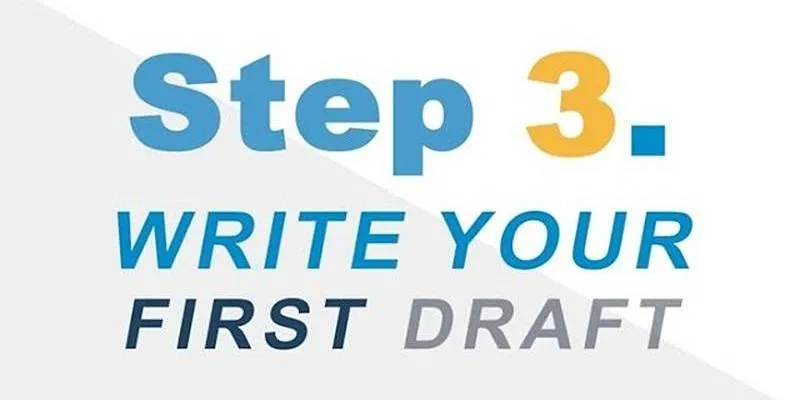
Once a structure and topic are in place, the poem can begin to take shape. At this point, ChatGPT can help turn ideas into lines of verse. It can offer different versions of a line, suggest better word choices, or create imagery based on the theme.
The goal here isn’t to have AI write the entire poem but to work together. Writers remain in full control, picking and editing what works and leaving out what doesn’t. It’s like having a writing partner that never runs out of ideas. This stage is especially helpful when a poet feels blocked or stuck on how to express a certain thought.
Step 4: Improve Word Choice and Imagery
Poems are powerful because of how carefully each word is chosen. The right word can evoke strong feelings, create vivid images, or connect with the reader on a deeper level. If a line sounds awkward or too simple, ChatGPT can help by offering more expressive alternatives.
Writers can also use the tool to improve the imagery in their poems. If a description feels flat, ChatGPT can suggest richer language that brings the idea to life. With this support, the final lines feel more polished and emotionally effective.
Step 5: Integrate Poetic Devices That Make It Shine
Poetic devices are what make a poem feel alive. These include tools like metaphors, similes, repetition, alliteration, and personification. ChatGPT can help by suggesting where these could be added or by recommending which devices match the tone and topic.
If someone is unsure about which devices to use, ChatGPT can explain their effects and offer examples. It helps writers become more confident in their craft while making their poems more engaging for the reader. The result is a poem that not only reads well but also sounds beautiful and meaningful.
Step 6: Review, Refine, and Proofread the Poem
Even after the core of the poem is written, the work is not complete. A final review is essential to identify subtle errors or opportunities for enhancement. ChatGPT acts as a capable proofreader, scanning for grammatical mistakes, awkward phrasings, or inconsistencies in tone.
Beyond mechanical corrections, it also helps refine rhythm, adjust line breaks, and suggest smoother transitions between stanzas. Writers can ask for alternatives to specific lines or request a complete rephrasing of a verse to match a particular emotional note.
However, poets must ensure their voices remain intact. AI can make helpful suggestions, but human judgment must determine what stays. This step is about balance—preserving the poem’s emotional truth while enhancing its clarity and structure.
Step 7: Use ChatGPT for Learning and Inspiration
Beyond content generation, ChatGPT functions as an educational companion. Writers can ask it to explain poetic forms , analyze famous poems, or recommend writing techniques. It makes AI a valuable resource not only for creation but also for learning and growth.
Writers can use ChatGPT to experiment with unfamiliar forms, test new poetic techniques, and receive feedback on stylistic choices. This kind of exploration helps build confidence and pushes creative boundaries.
Step 8: Be Mindful of AI’s Limitations

While ChatGPT offers powerful creative support, it’s important to acknowledge its limitations. AI lacks lived experience, which means its expression of emotion is based on patterns rather than feeling. It can simulate poetic beauty, but genuine emotion must come from the poet.
Additionally, AI-generated content may occasionally contain factual errors or clichés. Writers must apply their discretion when reviewing suggestions, ensuring authenticity and originality are preserved. ChatGPT is a tool—a versatile and intelligent one—but not a replacement for the creative soul of the writer.
Conclusion
Writing a poem can be challenging, but with the support of ChatGPT, the process becomes more approachable and enjoyable. From exploring themes to polishing the final lines, the AI provides helpful guidance every step of the way.
By working with ChatGPT, writers can overcome writer’s block, expand their creative thinking, and improve their technical skills. Most importantly, they can create poems that feel true to their voice and connect with readers on a deep level.
 zfn9
zfn9










